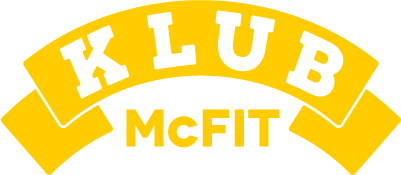Back
– broad back muscle
– large round muscle
– trapezius muscle
– rhomboid muscles
– deltoid muscle, rear part
– back extension
– upright, stable sitting position facing the apparatus
– fix thighs, feet under the knees, head in extension of the spine
– upper body is fixed by the chest pad
– grab the handles and spread arms up to shoulder height
– elbows remain slightly bent
– both lever arms are now moved in a semicircular motion backwards to the side
– shoulder blades are maximally fixed to the spine
– move handles back to the starting position
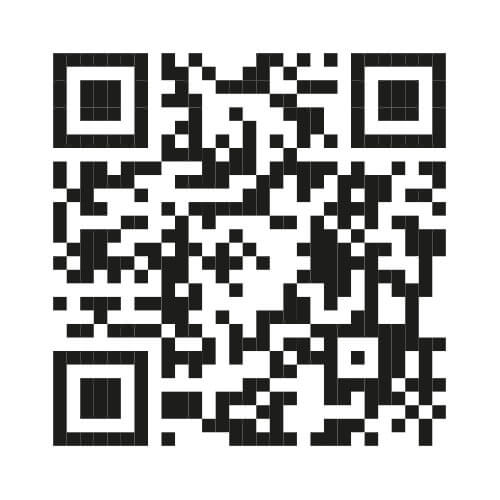
– broad back muscle
– large round muscle
– trapezius muscle
– deltoid muscle, rear part
– biceps brachii
– arm flexor
– brachioradialis
– rhomboid muscle
– external rotators
– back extensor
– back is upright, head in extension of the spine
– gaze directed forward
– choose grip width
– elbows are slightly bent
– pull body up until the head is approximately at the level of the grips
– return body to the starting position
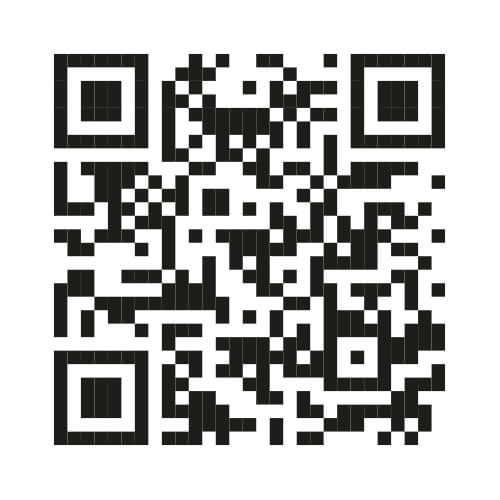
– broad back muscle
– large round muscle
– trapezius muscle
– deltoid muscle, posterior part
– biceps brachii
– forearm flexor
– upper arm radius muscle
– rhomboid muscle
– external rotators
– back extensor
– adopt an upright, frontal sitting position at the pulling machine
– thighs are fixed, feet are under the knees
– head in extension of the spine, looking forward
– upper body is slightly inclined backward
– elbows are slightly bent
– in this position, the handles are pulled towards the chest until just below chin height
– move the handles back to the starting position
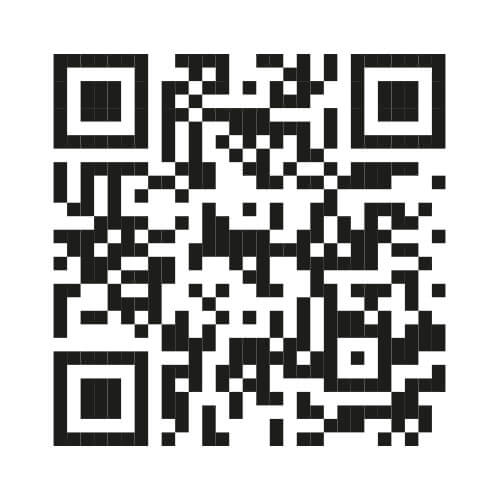
– wide back muscle
– large round muscle
– trapezius muscle
– rhomboid muscles
– deltoid muscle, posterior part
– biceps
– arm flexor
– brachioradialis
– back extensor
– Adjust the seat height so that the handles are positioned below chest height
– Grip the handles shoulder-width apart and sit with an upright chest and straight back
– By pulling back your shoulders and elbows, you bring the handles towards your torso
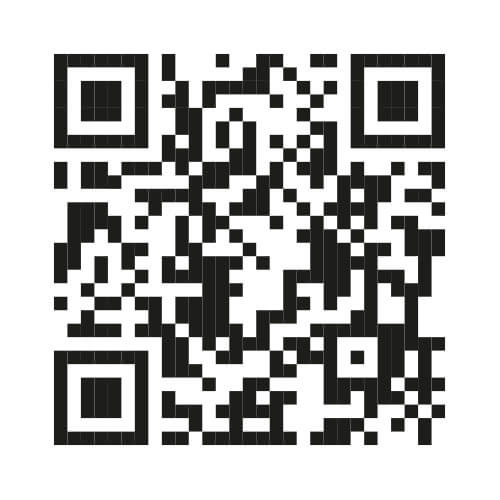
– broad back muscle
– large round muscle
– trapezius muscle
– deltoid muscle, rear part
– biceps brachii
– arm flexor
– upper arm radial muscle
– rhomboid muscle
– external rotators
– back extensor
– assume an upright, frontal sitting position at the pulling device
– thighs are fixed, feet are under the knees
– head aligned with the spine, looking forward
– upper body is slightly leaned back
– elbows are slightly bent
– in this position, the handles are pulled towards the chest to just below chin height
– move the handles back to the starting position
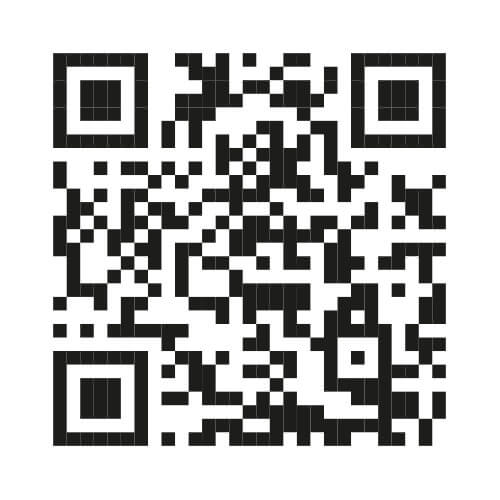
Pullovers:
– Latissimus dorsi
– Pectoralis major
– Anterior serratus muscle
– Triceps brachii
Bicep curl on cable:
– Biceps brachii
– Brachialis
– Brachioradialis
Tricep pushdown on cable:
– Triceps brachii
Lateral raise on cable:
– Deltoid, middle part
– Supraspinatus
Front raise on cable:
– Deltoid, anterior part
– Biceps brachii
– Trapezius
– Anterior serratus muscle
Pullovers:
– Take a stable basic position
– Knees slightly bent
– Upper body slightly leaning forward
– Keep the back straight and the head in line with the spine
– Grip the handlebar slightly wider than shoulder-width
– Elbows remain slightly bent
– Pull the handles towards the hips, pushing the chest out and pulling the shoulders down
– Return arms back to the starting position
Bicep curl on cable:
– Take a stable basic position
– Arms hang shoulder-width beside the body and grip the handlebar
– Elbows are slightly bent in the starting position
– Bend the arms as far as possible
– Wrists remain fixed and form a line with the forearms
– Return arms back to the starting position
Tricep pushdown on cable:
– Take a stable basic position and slightly bend the upper body forward
– Upper arms lie alongside the body
– In the starting position, arms are slightly bent below 90°
– Now extend the arms into the final position in a controlled muscle movement
– Wrists remain fixed and form a line with the forearms
– Controlled return to the starting position
Lateral raise on cable:
– Take a stable, upright position
– Build tension in the back muscles
– Knees are slightly bent and pelvis is fixed
– Pull shoulders down
– Raise the cable handle to a maximum shoulder height laterally
– Elbow remains slightly bent and wrist fixed
– Then return the handle back to the starting position
Front raise on cable:
– Take a stable, upright position
– Build tension in the back muscles
– Knees are slightly bent and pelvis is fixed
– Pull shoulders down
– Raise the cable handle to a maximum shoulder height in front
– Elbow remains slightly bent and wrist fixed
– Then return the handle back to the starting position
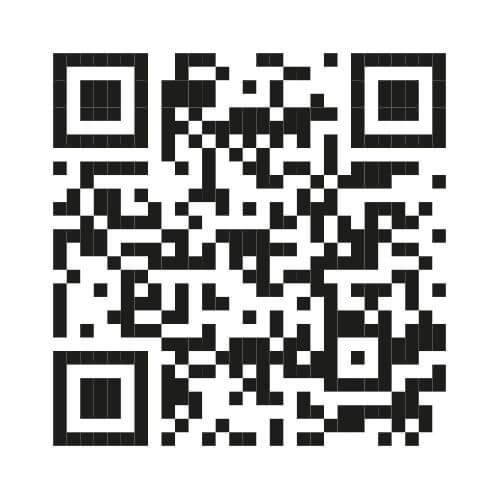
– broad back muscle
– large round muscle
– trapezius muscle
– rhomboid muscle
– deltoid muscle, posterior part
– biceps brachii
– arm flexor
– brachioradialis
– back extensor
– stable, upright seating
– feet support the body hip-width and parallel
– knees slightly bent
– pelvic and trunk muscles are tense and stabilize the body
– chest is upright and head in line with the spine
– narrow neutral grip and elbows are slightly bent
– pull grip towards the abdomen while keeping elbows close to the body
– shoulder blades are maximally pulled towards the spine
– torso remains upright during the movement
– arms return to the starting position
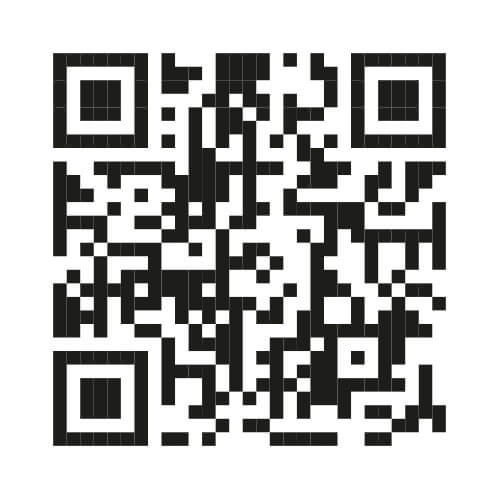
Bicep curl on cable machine:
– two-headed arm flexor
– arm flexor
– upper arm radial muscle
Tricep push on cable machine:
– three-headed arm extensor
Pullovers:
– broad back muscle
– large chest muscle
– anterior serratus muscle
– three-headed arm extensor
Single-leg hip extension standing on cable machine:
– large gluteal muscle
– two-headed thigh flexor
– semitendinosus muscle
– platysma muscle
– back extensor
– abductors
– adductors
Lateral raise on cable machine:
– deltoid muscle, middle portion
– upper trapezius muscle
Front raise on cable machine:
– deltoid muscle, anterior portion
– two-headed arm flexor
– trapezius muscle
– anterior serratus muscle
Bicep curl on cable machine:
– assume a stable base position
– arms hang shoulder-width beside the body and grip the handlebar
– elbows are slightly bent in the starting position
– bend arms as far as possible
– wrists remain fixed and form a line with the forearms
– bring arms back to the starting position
Tricep push on cable machine:
– assume a stable base position and lean the upper body slightly forward
– upper arms rest against the body
– in the starting position, arms are bent just below 90°
– now stretch the arms to the final position in a controlled muscle movement
– wrists remain fixed and form a line with the forearms
– return to the starting position in a controlled manner
Pullovers:
– assume a stable base position
– knees slightly bent
– upper body slightly inclined forward
– keep the back straight and head in line with the spine
– grip the handlebar slightly wider than shoulder-width
– elbows remain slightly bent
– pull grips towards hips, pushing chest out and pulling shoulders down
– bring arms back to the starting position
Single-leg hip extension standing on cable machine:
– stable stance on one leg facing the cable machine
– upper body is straight and slightly inclined forward
– head in line with the spine
– both arms stabilize the upper body on the handles
– the free leg is connected to the cable machine via a foot loop above the ankle
– knee is slightly bent and in front of the body
– keep the knee angle unchanged and lead the weight backwards until the leg is an extension of the body axis
– then move back to the starting position.
Lateral raise on cable machine:
– assume a stable, upright stance
– build tension in the back muscles
– knees are slightly bent and pelvis is stabilized
– pull shoulders down
– lift the pull handle laterally to maximum shoulder height
– while keeping the elbow slightly bent and the wrist fixed
– then return the handle to the starting position
Front raise on cable machine:
– assume a stable, upright stance
– build tension in the back muscles
– knees are slightly bent and pelvis is stabilized
– pull shoulders down
– lift the pull handle frontally to maximum shoulder height
– while keeping the elbow slightly bent and the wrist fixed
– then return the handle to the starting position
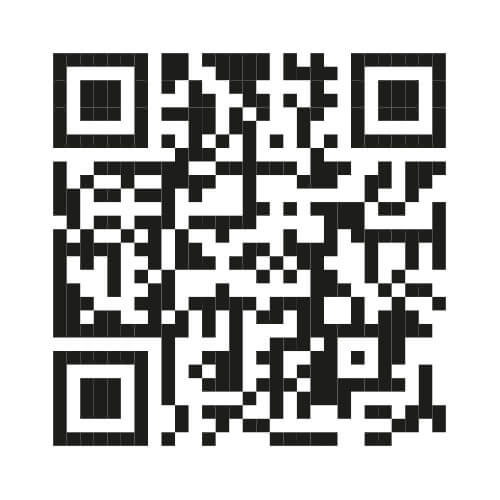
Biceps curl on the cable machine:
– two-headed arm flexor
– arm flexor
– brachioradialis
Triceps press on the cable machine:
– three-headed arm extensor
Pullovers:
– latissimus dorsi
– pectoralis major
– anterior serratus
– three-headed arm extensor
Pull-ups:
– latissimus dorsi
– teres major
– trapezius
– deltoid, posterior part
– two-headed arm flexor
– arm flexor
– brachioradialis
Standing fly motion on the cable machine:
– pectoralis major
– deltoid, anterior part
Single-leg hip extension standing on the cable machine:
– gluteus maximus
– two-headed thigh flexor
– semitendinosus
– semimembranosus
– erector spinae
– abductors
– adductors
Lateral raises on the cable machine:
– deltoid, middle part
– supraspinatus
Front raises on the cable machine:
– deltoid, anterior part
– two-headed arm flexor
– trapezius
– anterior serratus
Biceps curl on the cable machine:
– assume a stable starting position
– arms hang shoulder-width beside the body and grasp the grip bar
– elbows are slightly bent in the starting position
– bend arms as far as possible
– wrists remain fixed and form a line with the forearms
– return arms to the starting position
Triceps press on the cable machine:
– assume a stable starting position and slightly lean the upper body forward
– upper arms are positioned alongside the body
– in the starting position, the arms are bent just under 90°
– now extend the arms in a controlled muscle movement to the end position
– wrists remain fixed and form a line with the forearms
– controlled return to the starting position
Pullovers:
– assume a stable starting position
– knees slightly bent
– upper body slightly leaned forward
– back remains straight and head in line with the spine
– grasp the grip bar slightly wider than shoulder-width
– elbows remain slightly bent
– pull grips towards the hips, pushing the chest out and pulling the shoulders down
– return arms to the starting position
Pull-ups:
– neutral grip width on the pull-up bar
– elbows are slightly bent
– back is upright
– head in line with the spine
– slightly lean the upper body back and hold
– pull the body up to about chin height towards the bar and then return to the starting position
Standing fly motion on the cable machine:
– assume a basic position with a slight forward lean
– upper body remains stable
– arms are slightly bent and spread to the side at shoulder height
– pull shoulders down
– from this position, bring the grips together in front of the body synchronously
– elbow angle remains stable
– grips can also cross in the end position
– then return to the starting position
Single-leg hip extension standing on the cable machine:
– stable stance on one leg facing the cable machine
– upper body is straight and slightly leaned forward
– head in line with the spine
– both arms stabilize the upper body on the handles
– the free leg is connected to the cable machine via a foot strap above the ankle
– knee is slightly bent and in front of the body
– with the knee angle unchanged, pull the weight back until the leg is in line with the body axis
– then return to the starting position
Lateral raises on the cable machine:
– assume a stable, upright stance
– build tension in the back muscles
– knees are slightly bent and pelvis is stabilized
– pull shoulders down
– raise the grip to maximum shoulder height to the side
– elbow remains slightly bent and wrist fixed
– then return grip to the starting position
Front raises on the cable machine:
– assume a stable, upright stance
– build tension in the back muscles
– knees are slightly bent and pelvis is stabilized
– pull shoulders down
– raise the grip to maximum shoulder height in front
– elbow remains slightly bent and wrist fixed
– then return grip to the starting position
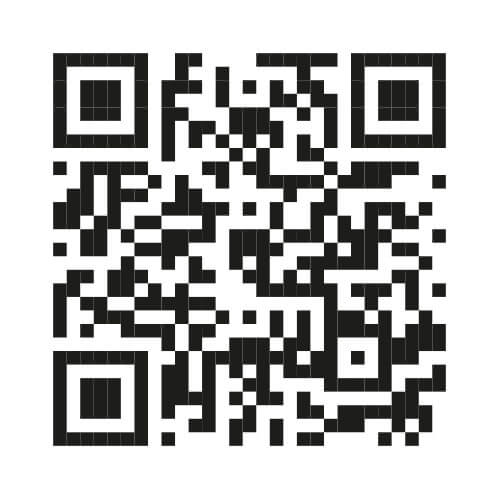
– gluteus maximus
– biceps femoris, long head
– semitendinosus
– semimembranosus
– back extensor
– Adjust the movable cushion to the height of your shoulder blades
– Place your back against the cushion and your feet on the support
– Extend your hips and spine to push back against the cushion until your back is straight
– Slowly return to the starting position
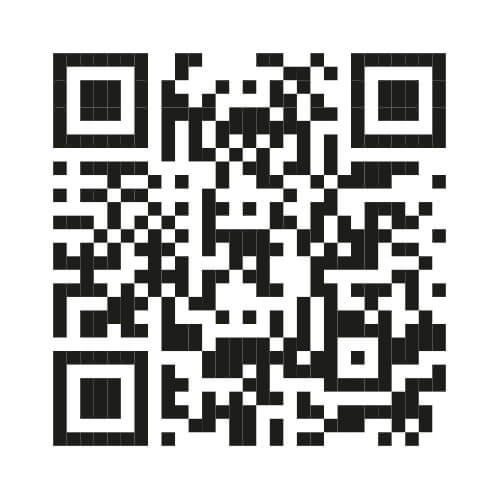
– gluteus maximus
– biceps femoris, long head
– semitendinosus
– semimembranosus
– back extensor
– pelvis position on the pad
– the iliac crest is free
– the legs are fixed
– arms are positioned sideways or crossed in front of the chest
– upper body bends down with a straight back to about 90°
– upper body is raised back to the body’s longitudinal axis


